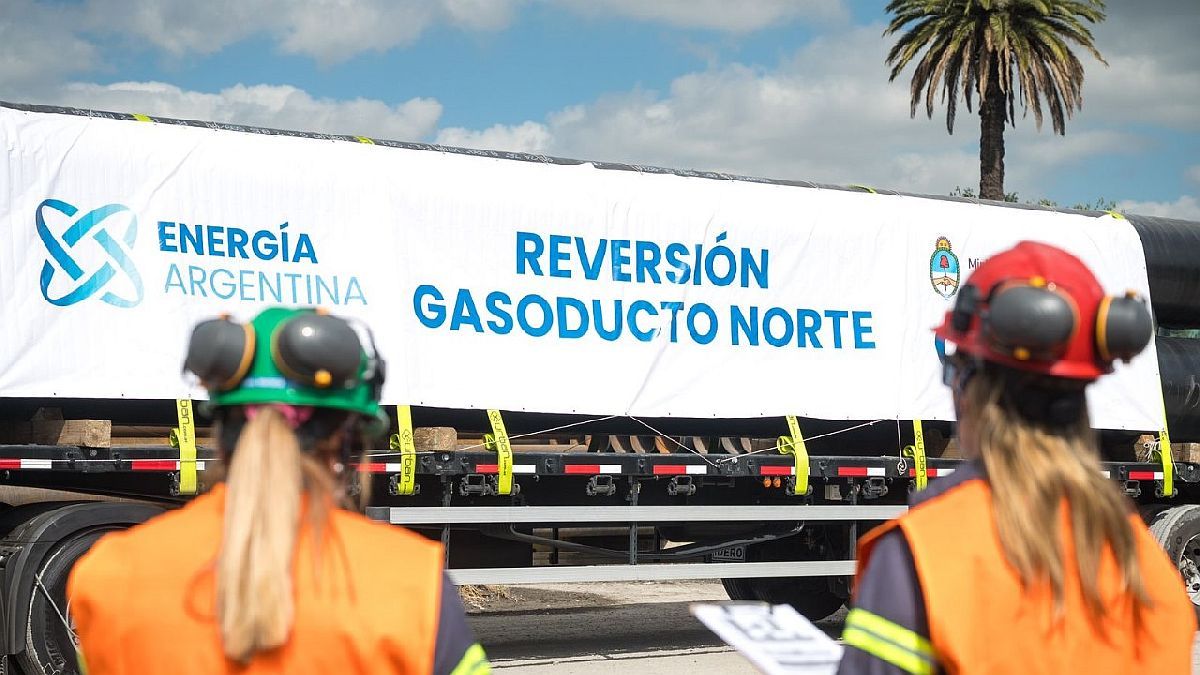Reversal of the Northern Gasduct map.jpg
According to private sources linked to the planning and construction of the works to be Energy Reportwith this initiative starting in 2024 and fundamentally in 2025 Argentina will save between US$1,500 million and US$1,960 million per year by replacing imports of gas and liquid fuels (diesel and fuel oil)a final figure that will depend on the prices of these products in the future.
The project involved the development of 122 kilometers of gas pipeline, plus 62 kilometers of loops to the Northern Gas Pipeline near Ferreyra and the city of Córdoba, and the change of direction of 4 compressor plants in Córdoba, Santiago del Estero and Salta.
Reversal of the Northern Gasduct
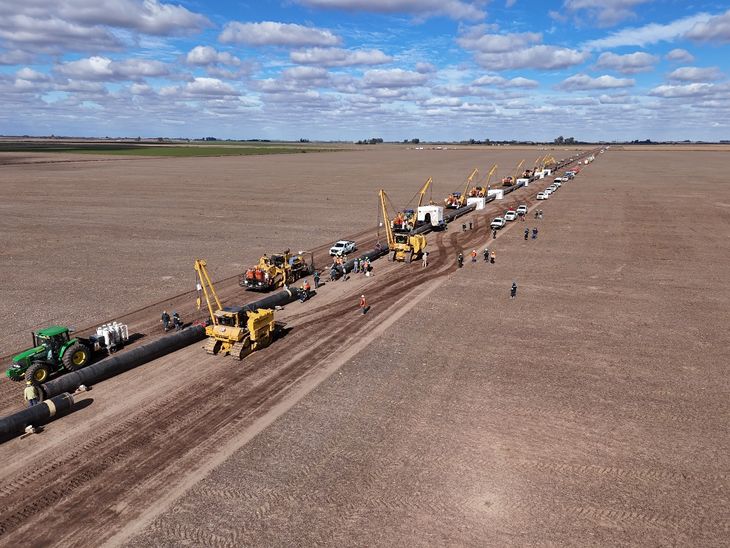
The work, which began during the previous administration and was updated during this administration, will enable the reverse transportation of the “Northern System” of up to 19 MMm3/d, which will allow bidirectional gas flow“providing versatility and guaranteeing supply in the direction in which it is required.” Those 19 million are equivalent to the amount of gas consumed by the northern provinces in winter.
Who benefits from the Reversal of the Northern Gasduct
Starting this month, residential users, CNG service stations and industries Córdoba, Tucumán, La Rioja, Catamarca, Santiago del Estero, Salta and Jujuy They will be able to supply themselves with locally produced gas. As gas pipeline networks expand, local gas supply volumes will continue to grow.
So far, the reversal of Northern Gas Pipeline It is the only national public work tendered by the government of Javier Milei. Its possibility of materialization was due to the disbursement of funds from the international financial organization, which prioritizes development of infrastructure for the energy sustenance of the region.
Who carried out the Reversal of the Northern Gasduct
Under the supervision of the state company Enarsa (Energía Argentina SA)the works were commissioned by the Transitional Union of Companies (UTE)a company made up of Techint and Sacde, who won the tender for the reversal of the Northern Gas Pipeline with the background of having completed the President Néstor Kirchner Gas Pipeline.
Reversal of the North Gasduct welding
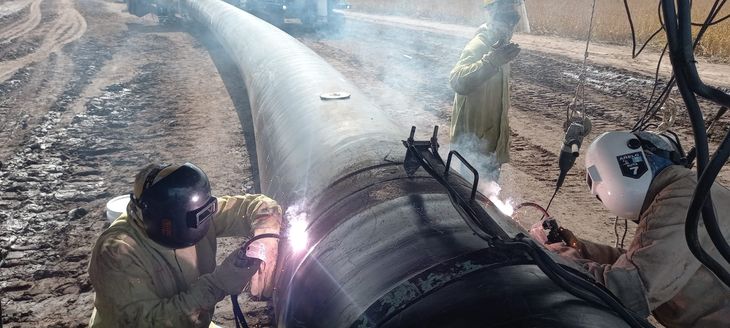
The union Techint-Sacde (from Pampa Energía) completed the construction of more than 100 kilometers of the new Tío Pujio-La Carlota Federal Integration Gasduct. In total, 4,059 welds were made in 41 days, which is equivalent to an average progress of 3 km per day.
Regular line welding jobs correspond to the lines 2 and 3 of the work assigned to the UTE. At the peak of the work, about 1,400 people worked.
image.png
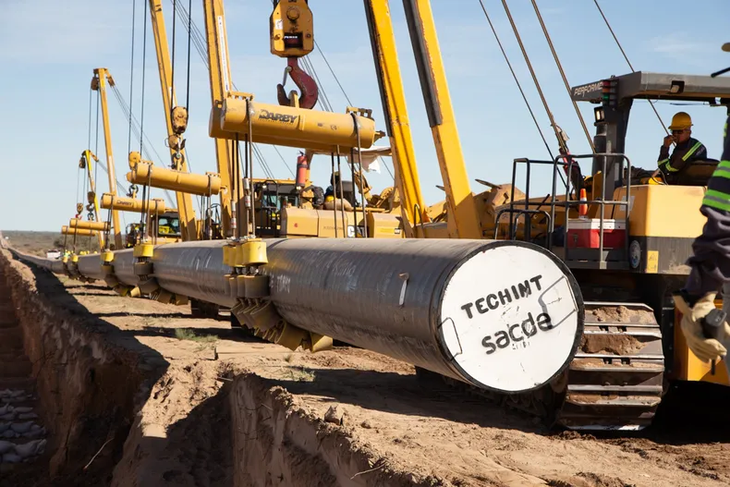
The economic impact of energy change
In parallel, Argentina stopped importing gas from Bolivia since Septembermarking the end of a business relationship that began in the 1970s and deepened over the past 20 years. The current contract, signed in 2006, was scheduled to end in 2026.
The average annual price of gas produced in Argentina is $3.5 per million BTU (British Thermal Units), even going down to 2 dollars in the summer months.
Reversal of the Northern Gasduct

In contrast, importing gas from Bolivia cost around $11.8 per million BTUwhile purchases of liquefied natural gas (LNG) had an average value of $11.1. This year, the average price of gas in Argentina has been $4.77with 90% of this supply coming from local production.
By 2025, the reduction in imports, especially after eliminating purchases from Bolivia and maintaining the current level of LNG imports, is expected to reduce the average gas price to $4.10 per million BTUa 14% decrease compared to the current cost.
Record production and the potential of Vaca Muerta: export gas to Brazil
The national gas production has reached record numbers, with a peak of 153 million cubic meters per day in Augustthe highest level in the last 21 years.
Of this total, 65% comes from the unconventional production of Dead Cowthanks to the advance of the hydraulic fracturing (fracking) technologywhich has allowed the exploitation of this geological formation.
two decades ago, Dead Cow It was not considered a viable option due to the hardness of its rock, but the evolution of fracking has changed the panorama.
image.png

On the other hand, while Dead Cow increases its production, gas reserves Boliviawhich also supply Brazilhave experienced a notable decline. This generates concern in the neighboring country, where energy generation depends largely on its hydroelectric plants, which are subject to climate variability.
Brazil already experienced a water crisis in the 1990s, lor that motivated the construction of a gas pipeline from Bolivia to cities like San Pablo and Porto Alegre. However, today this pipeline has an idle capacity of 60%, which opens the possibility that Argentina will export its gas to Brazil in the near future.
Northern Gas Pipeline Reversion.jpg
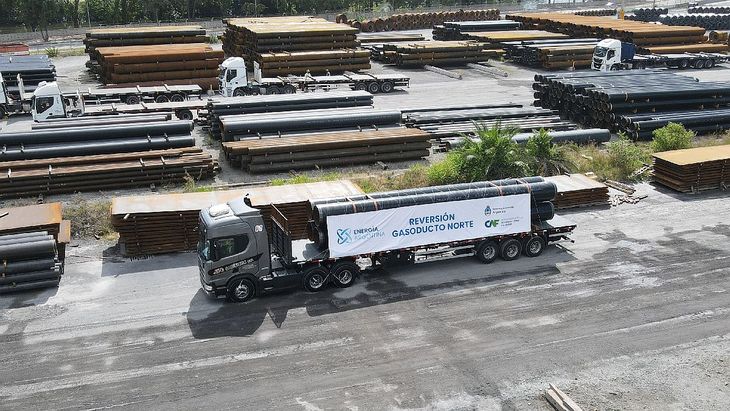
With this expectation, the Government has enabled free competition for gas exports, a key step to expand the markets that can be reached with natural gas. Dead Cow.
Without a doubt, after two decades of energy dependence, Argentina is on the way to achieving a significant change in its energy matrix.
Source: Ambito

